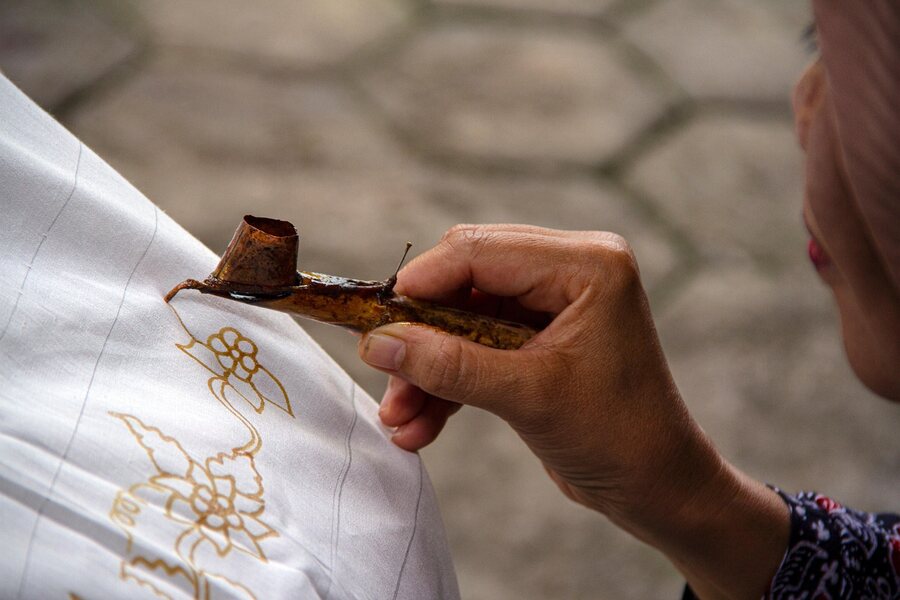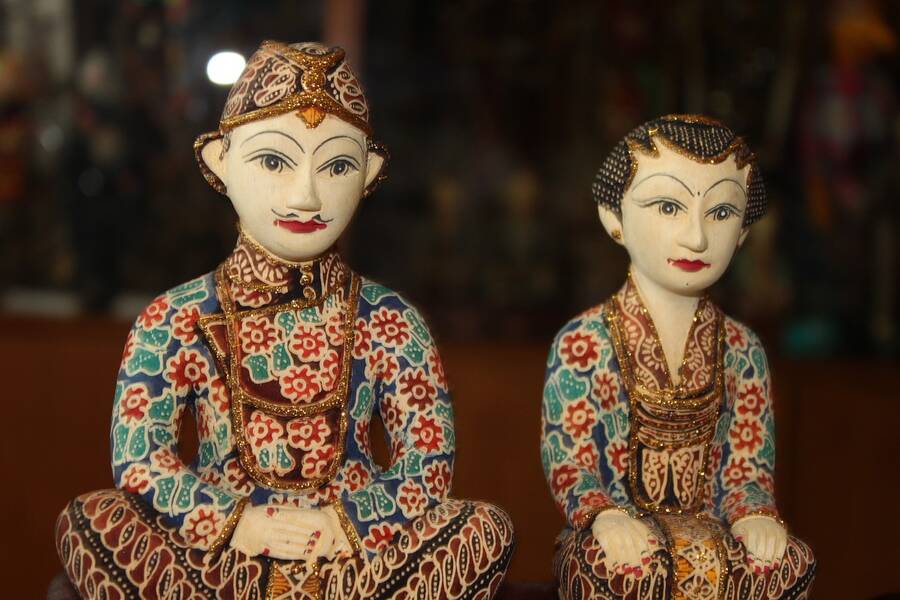The influence of Indonesian Heritage on Contemporary Art
Contemporary art is a reflection of who we are right now—messy, vibrant, and full of stories. It’s not just about pretty pictures on the wall; it’s about artists using all kinds of materials, ideas, and techniques to make us stop and think. Whether it’s a bold sculpture, a moving installation, or a colorful painting, contemporary art is alive with emotion and meaning.
What makes it so cool is that it’s always changing, always relevant. It’s the perfect mix of creativity and commentary on the world around us. Contemporary artists invite us to question everything, from social issues to personal experiences, making art feel like a conversation you never knew you needed.
Walking through the streets of Jakarta or Yogyakarta, you’ll find yourself surrounded by art that’s deeply rooted in Indonesia’s rich cultural history. From vibrant batik patterns to the graceful movements of wayang puppets, traditional Indonesian heritage isn’t just confined to temples and old markets — it’s alive and well in today’s modern art scene. It’s amazing to see how these ancient art forms are finding new life and inspiring a growing number of contemporary artists and designers.

Let’s start with batik, one of the most iconic forms of Indonesian art. Batik is a traditional technique where wax is applied to fabric to create a pattern, which is then dyed. The result? Colorful, detailed textiles that often tell stories or symbolize elements of Indonesian culture. What’s fascinating is that this centuries-old craft isn’t just found at local markets or during festivals, but increasingly on the runways of fashion shows. Contemporary designers, both in Indonesia and beyond, are using batik to create exciting collections that embrace the country’s cultural heritage. Take the popular designer Dian Pelangi, for example, who is known for her innovative mix of traditional batik and modern styles. She combines classic patterns with fresh, contemporary cuts, making Indonesian tradition accessible to a broader, international audience. Using batik in fashion not only keeps the tradition alive but also helps share Indonesia’s heritage with the world, placing the culture on the global fashion map.
Along with batik, wood carving has also had a huge impact on modern art. Traditional wood carvings, often depicting spiritual or mythological themes, have always played a significant role in Indonesian culture. Think about the beautiful, intricate wooden statues found in Bali or Java, often made from fine woods like sandalwood. Today, we’re seeing how young artists are blending these ancient techniques with modern ideas. A famous Indonesian artist like I Nyoman Masriadi, for instance, is known for his unique approach to wood carving. He uses the technique to create large, expressive sculptures that reflect modern Indonesian society. His work often explores themes like identity, technology, and the rapidly changing world around us.

Another standout example is wayang kulit, the traditional shadow puppet theater of Indonesia. It’s one of the most iconic art forms, where intricate leather puppets are used to tell stories through shadows cast on a screen. Originally, wayang performances were a way to convey mythological tales, often with lessons about morality and ethics. What’s striking now is how modern artists and filmmakers are reimagining this ancient art, turning it into something entirely new. Filmmaker Garin Nugroho, for example, incorporates wayang kulit techniques in his films, using digital technologies to bring the shadow figures to life in a whole new dimension. In graphic design, you’ll also see the influence of wayang kulit. Illustrators and animators often use the iconic silhouettes and geometric shapes of the puppets in their work, often with a modern twist. This makes the art more accessible to younger audiences while still preserving the depth and stories of the traditional art.
What all of these examples have in common is that they show how a new generation of Indonesian artists and designers is reinventing traditional art forms. They’re taking the techniques and motifs passed down from their ancestors and using them to respond to the modern world. This isn’t just important for Indonesian culture; it’s having an impact globally as well.
Whether it’s weaving batik into fashion, creating contemporary wood carvings, or reinventing wayang kulit for film and digital media, Indonesian heritage is alive and thriving in contemporary art. It’s clear that the country’s rich traditions are not only being preserved but also playing a vital role in the modern artistic scene.
Contemporary art is a dynamic expression of the present, blending creativity with meaningful commentary on society. It’s not just about visuals; it’s about engaging with the world through various materials and techniques. In Indonesia, traditional art forms like batik, wood carving, and wayang kulit are experiencing a renaissance in contemporary art. Batik, a centuries-old textile technique, is now featured in global fashion, while wood carving continues to influence modern sculpture. The iconic shadow puppets of wayang kulit are being reimagined through digital media and film. These ancient art forms are being reinvented by a new generation of artists, preserving Indonesia’s cultural heritage while making it relevant on the global stage.


One thought on “The influence of Indonesian Heritage on Contemporary Art”
Utterly pent content material, regards for selective information. “The last time I saw him he was walking down Lover’s Lane holding his own hand.” by Fred Allen.